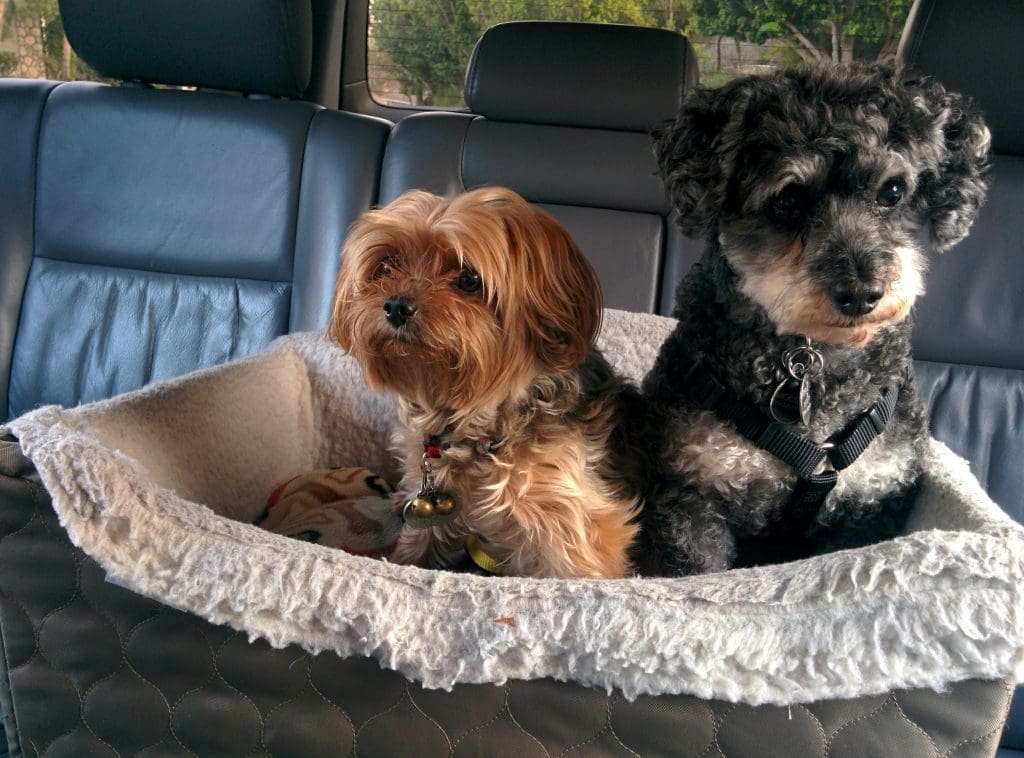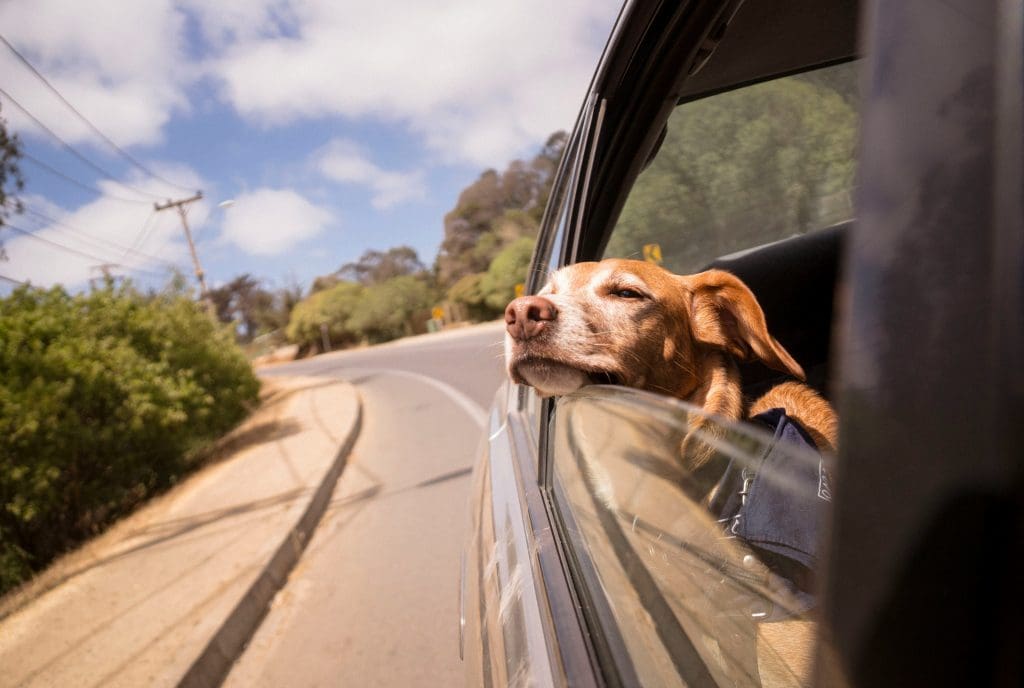Road Trip Tips for Dog Owners
Few things feel more freeing than hitting the open road with your furry best friend in the passenger seat. Whether you’re heading to a mountain cabin, a lakeside retreat, or just exploring small towns along the way, bringing your dog along makes the experience more fun and meaningful.
But road-tripping with dogs isn’t just about opening the windows and cruising—it takes planning, preparation, and an understanding of your dog’s needs to ensure the journey is safe, comfortable, and enjoyable for both of you.
Here’s everything you need to know before you hit the highway with your pup.
1. Plan Dog-Friendly Routes
Before you map out your trip, research destinations and stops that are dog-friendly. Not all parks, rest areas, or accommodations allow pets, so make sure your route includes:
-
Pet-welcoming hotels or Airbnb rentals
-
Rest stops with shaded areas and grass
-
Restaurants with dog-friendly patios
-
Dog parks for off-leash exercise
Tip: Apps like BringFido and AllTrails can help you find dog-friendly stops along the way.
2. Prepare a Dog Travel Kit
Think of this as your dog’s suitcase! Pack a dedicated bag with all the essentials your pup will need on the road:
-
Food and water (plus bowls)
-
Treats for reward and training
-
Leash and harness
-
Waste bags and cleaning wipes
-
Favorite toys or chew items
-
Blanket or travel bed
-
Vet records and ID tags
-
Medications or supplements
-
Towels (for muddy paws or accidents)
Bringing familiar items, like a blanket or toy, can help your dog feel more at ease in unfamiliar environments.
3. Prioritize Car Safety
Your dog should always be safely restrained in a vehicle. Allowing a dog to roam freely in the car is not only dangerous for them—it can distract the driver and lead to accidents.
Safe options include:
-
Crash-tested harnesses that attach to seat belts
-
Pet travel crates secured in the back
-
Car seats or booster seats for small dogs
-
Barriers to keep dogs in the backseat or cargo area
Never let your dog ride in your lap or hang out the window. It may look cute, but it’s a safety hazard.
4. Keep Them Cool and Comfortable
Dogs can overheat quickly in a car, especially in the warmer months. To prevent heatstroke or discomfort:
-
Keep the A/C running and never leave your dog in a parked car—even for a few minutes
-
Use cooling mats or vests for warm climates
-
Cover windows with sunshades to block harsh sunlight
-
Stop regularly for bathroom breaks, water, and short walks
Pay close attention to signs of overheating: excessive panting, drooling, restlessness, or vomiting. If you notice any of these signs, pull over, offer water, and find a shaded or cool area immediately.
5. Make Frequent Stops
Dogs, like humans, get restless after sitting in a car for hours. Plan to stop every 2–3 hours for potty breaks, short walks, or some sniff time. These stops help:
-
Relieve bladder and bowels
-
Reduce boredom and stress
-
Stretch legs and get fresh air
-
Prevent anxiety from building up
Even five to ten minutes of exercise at each stop can keep your dog much calmer between legs of the trip.
6. Feed Light, Travel Light
Avoid feeding your dog a full meal right before hitting the road. Instead:
-
Feed a small portion before departure
-
Give light snacks or treats throughout the day
-
Offer water regularly, but not excessively
-
Save their full meal for when you stop for the day
Some dogs get motion sickness or anxiety in the car, so feeding lightly can help prevent upset stomachs.
7. Prep for Emergencies
Hopefully, you won’t run into any issues on your road trip—but being prepared can save you a lot of stress if something goes wrong. Keep these items and plans in mind:
-
First aid kit with dog-specific items like gauze, tweezers, and antiseptic wipes
-
Vet contact info, including your primary vet and emergency clinics near your stops
-
Pet insurance info, if applicable
-
Recent photo of your dog, in case they get lost
-
Microchip info should be up to date
Consider using a GPS collar or smart tag to keep track of your dog while you’re exploring unfamiliar areas.
8. Practice Before a Long Trip
If your dog hasn’t done much car travel, start with a few shorter rides before embarking on a full road trip. Gradually increase the time spent in the car so they learn that car rides are safe and can lead to fun destinations.
Reward your dog with treats and praise during these short drives to build positive associations.
9. Know Your Dog’s Limits
Some dogs are naturally adventurous and love new experiences. Others may become anxious or uncomfortable in unfamiliar places or routines. Watch your dog closely and respect their needs.
If your dog is extremely anxious in the car despite training and practice, consult your vet. They may suggest calming supplements, anxiety wraps, or even prescription medication for longer trips.
10. Enjoy the Journey
Lastly, don’t forget why you brought your dog along in the first place—to share the adventure! Take pictures, explore new places together, and savor the joy of discovering the world with your best friend by your side.
Road tripping with your dog is a bonding experience like no other. With the right preparation, it can be smooth, stress-free, and filled with wagging tails and happy memories.


